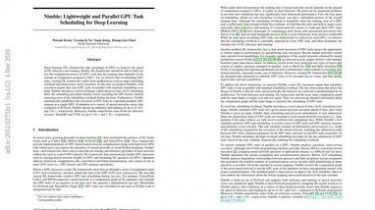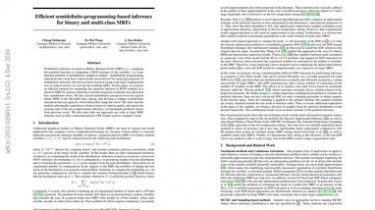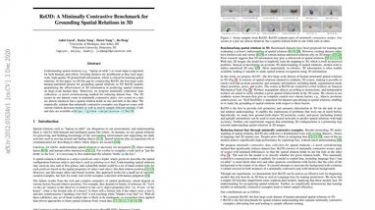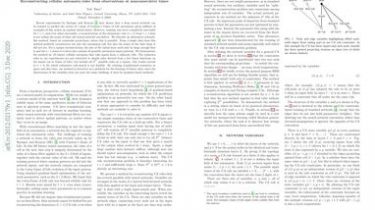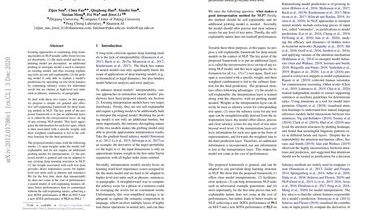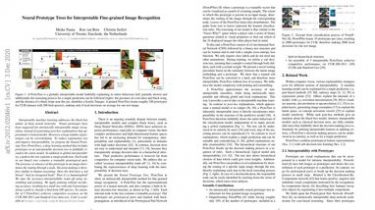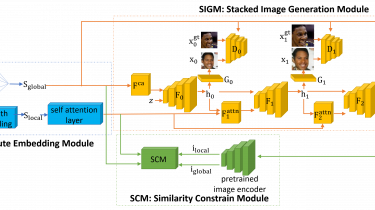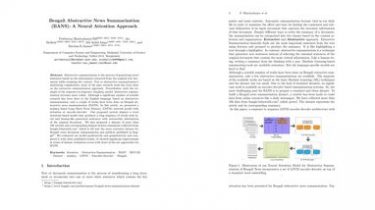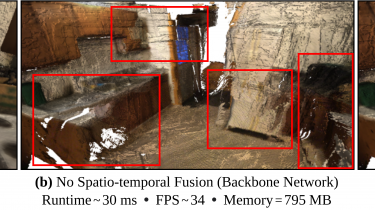Nimble: Lightweight and Parallel GPU Task Scheduling for Deep Learning
Deep learning (DL) frameworks take advantage of GPUs to improve the speed of DL inference and training. Ideally, DL frameworks should be able to fully utilize the computation power of GPUs such that the running time depends on the amount of computation assigned to GPUs… Yet, we observe that in scheduling GPU tasks, existing DL frameworks suffer from inefficiencies such as large scheduling overhead and unnecessary serial execution. To this end, we propose Nimble, a DL execution engine that runs […]
Read more